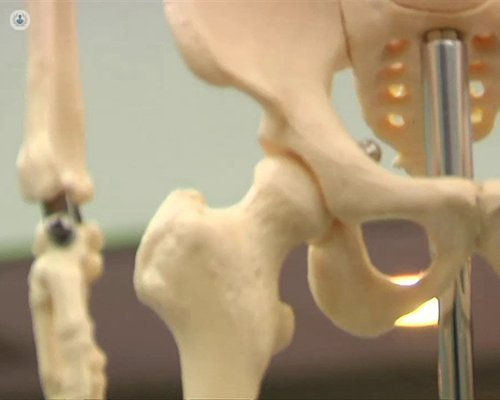

What is it?
Dysmetria is a medical condition in which the length between the bone segments of the legs is different. It is a common condition that affects 1 in 3 people.

What are the symptoms?
People who are over 20 years old and suffer from dysmetria can experience various symptoms, such as lower back pain or pain of different intensity in the knee and/or the ankle.
How is it diagnosed?
Dysmetria is often visible to the naked eye, however, the diagnosis is done via x-ray, scans and osteopathy tests.
Causes
Idiopathic or traumatic problems can cause dysmetria, as for example a congenital anomaly, joint disorders or scoliosis.
What is the treatment?
The majority of times, dysmetria is treated with orthotics, which are done by experts in order to help realign the pelvis and cure dysmetria amongst other things.
What specialist should you visit?
Orthopaedic specialists can be consulted for dysmetria.
